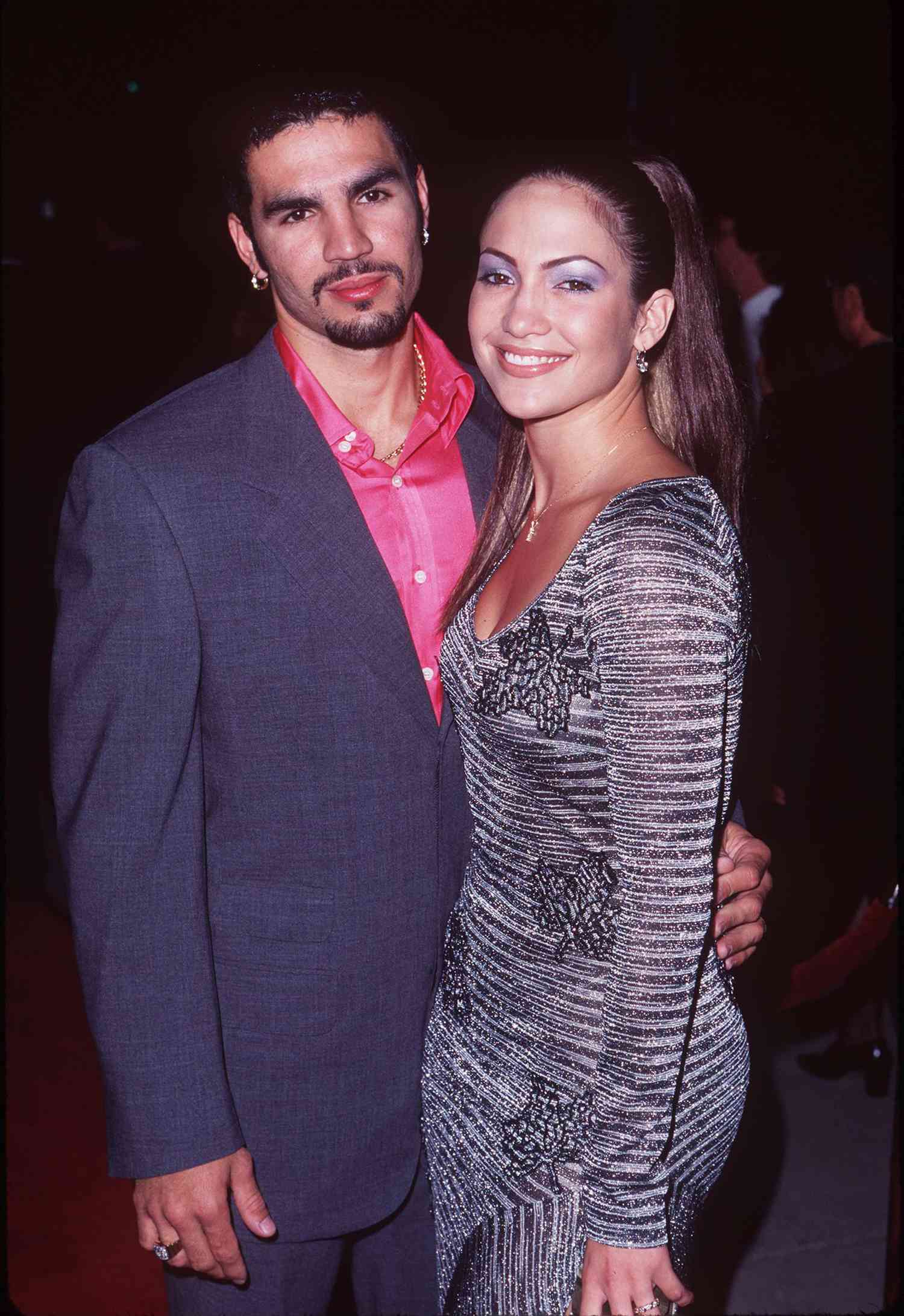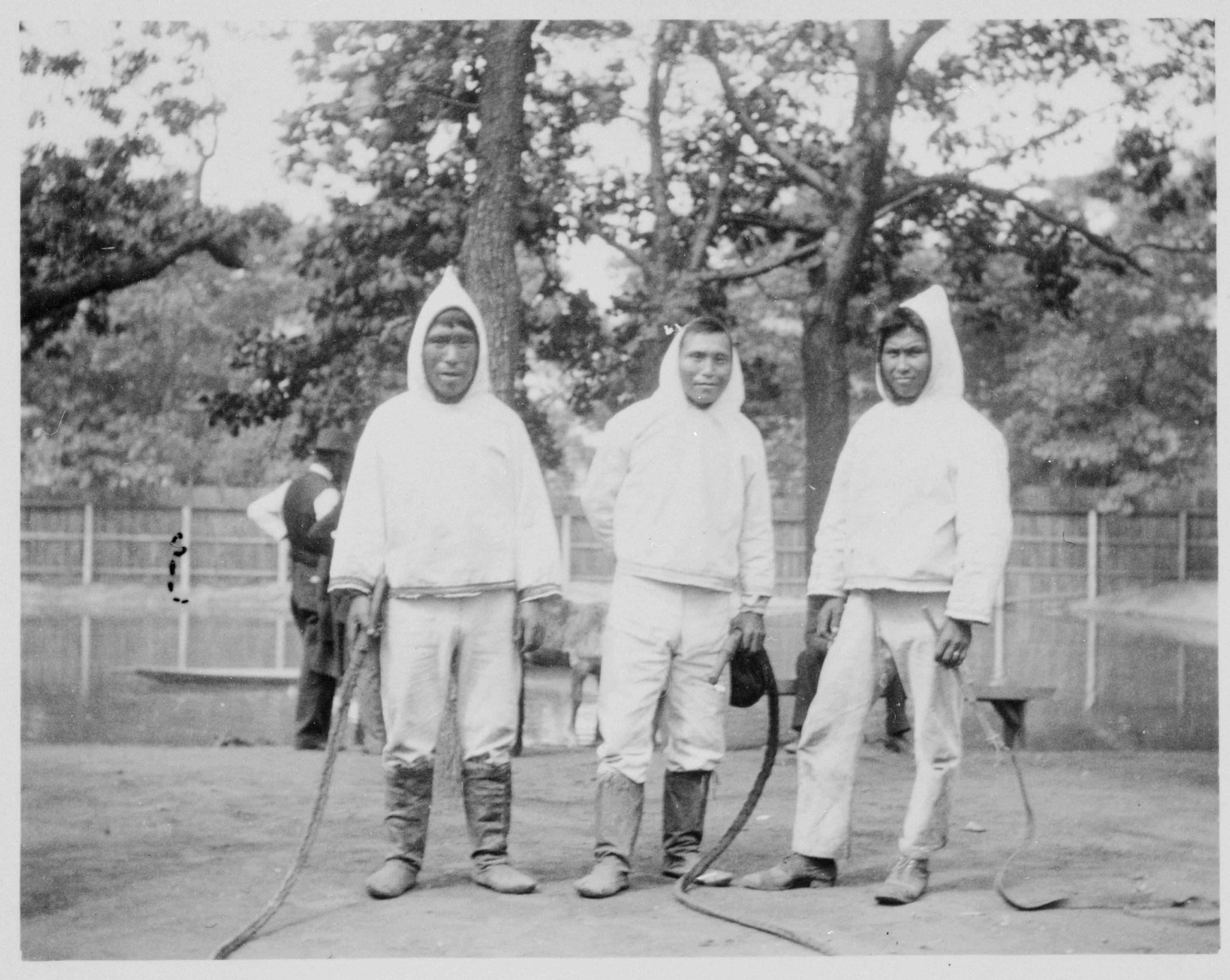
In the 1940s, New York City was home to abstract expressionism, a post-World War II art movement. It was the first American-specific art movement to gain international recognition, putting New York at forefront of the Western art scene. Abstract expressionism, a form of modern art, explores themes that transcend individual experiences. Abstract expressionism is also known to be characterized by the use of color and universal themes. In fact, many abstract expressionism works are based on feelings that transcend language and culture.
Color
Color has a long, varied history in art. The first painters to use color as a primary medium were the Impressionists, but it wasn't until the 20th century that it came to be used as a major element in abstract expressionism. Mark Rothko's work, which is widely regarded as the best example of Abstract Expressionism, used color. Some of their most famous paintings, such as "Red on Maroon" (1949), are so rich with color and drama that they evoke the viewer's emotional state.

Expressionist painters
Abstract expressionism in art is a movement that grew out of the post-World War II era in New York. It was the first American movement in art to be internationally influential, and helped establish New York as the center of Western art. It has many fans, and is widely regarded as an important influence in modern art. But what exactly is abstract expressionism and how does it have become so influential. These are key facts about the movement.
Conflict between chaos & control
Although the first generation of Abstract Expressionists was a success in the mid-1940s and lasted until the mid-1950s the movement was well past its peak. Many of the great achievements of this era were based on a conflict between control and chaos. As a result, the style had already evolved into a more reductive approach, and artists like Mark Rothko and Barnett Newman were becoming less interested in the bold trademarks of abstract expressionism.
Exploration of different themes
Abstract Expressionists were deeply affected by Surrealism (and existentialist philosophy) and often used Freudian symbols. They were fascinated with mythology as well as primitivism. Their work was often characterised by large, splattered canvases and the expressions of their emotions. The work of Abstract Expressionists was often a direct reflection of the post-war mood of trauma and dislocation. This approach was adopted widely by both male artists and women in New York City in the 1940s & 1950s.

Surrealist influence
The Surrealists had an impact on abstract expressionism. They wanted to depict the absurdity and absurdity of everyday living and they did this through their work. They were open-minded to exploring violence, sexism, decay and perverse sexuality in their art. Dadaism also heavily influenced them. They embraced the spirit of chance and let go of traditional art rules. Surrealists also looked for primitive techniques and out-of-the-box art.
FAQ
What are some examples of pop culture in today's world?
Pop Culture is the art of the 21st Century. Pop Culture includes all forms of popular entertainment such as music, film, TV and video games, fashion, advertising and comics. In his 1985 book, Amusing Ourselves Too Death (1985), Neil Postman first coined this term. Pop is a type of mass communication that relies on cheap tricks or formulaic devices to give the illusion of spontaneity.
However, he noted that most people do not experience true enjoyment because they have become conditioned to seek media experiences that make them feel superior to others. In addition, he argued that this type of cultural expression had contributed to the loss of critical thinking skills among young adults.
Pop culture is sometimes also called popular culture, consumerism, or pop culture.
Why is pop music popular?
Pop music is very popular because it's fun! Pop music is uplifting and can give you a great feeling of freedom. People listen to pop music, and they are free to think about other things than themselves. They don't need to worry about what others think. Pop music is very popular because it doesn't have to worry about what other people think. People enjoy songs that make their heart sing. Listening to upbeat music can help you get out of a slump. You may even find yourself singing along. Pop music has been immensely successful over the years.
How can we avoid falling prey to the temptations of pop culture?
We must first recognize when pop music is influencing our lives. Then, we need to ensure that we are not being influenced. Here are ways to help you stay away from bad influences:
-
Avoid watching Game Of Thrones or other violent shows.
-
Spend less time surfing the Internet. Read books instead.
-
Pay less attention to television. Spend your spare time engaging in healthy activities.
-
Be cautious about what you write online. Once comments are posted, you cannot delete them.
-
Be sure to verify that the websites you visit have SSL encryption. Before you submit personal information, make sure they are checked.
-
Do not let anyone pressure or make you do dangerous things.
Talk to an adult about if you think you might be addicted to pop culture. You can contact your local library, or the National Center For Missing & Exposed Children (1-800-583-LOL).
Is Tik Tok pop culture?
The answer is yes! It's not limited to teenagers. You can share these videos with your friends to express yourself, show off, or just for fun.
More than 200 million people use the app every day all over the globe. Each day, the number of users grows by millions.
This makes TikTok an incredible opportunity for brands to connect with consumers and build meaningful relationships.
TikTok is also home many influencers, who have built large followings on the platform. These creators produce original content that engages people around the world.
Don't wait! If you want to take advantage of this trend, here are four ways to do it.
-
Make viral content
-
Engage Influencers
-
Use Visuals Effectively
-
Get creative with your audience
What is pop-media culture?
Pop culture is all around. It's everywhere we go: TV, radio, film, music, magazines, newspapers, websites, social networks, etc. It is everywhere we go, 24/7. It influences everything from our clothes, food, music, language, politics, and religion. What then is pop culture? Wikipedia states, "Popular Culture (or Popular Culture) is the mass production of ideas and products for mass consumption." This term is often used to refer to TV shows, movies and music. Pop culture encompasses much more than entertainment. Pop culture can be described as anything that is consumed by mass audiences, including video games, toys, clothing and fast food.
How did pop culture come to be?
It was an accident. It was an accident. The first song was accidentally written when someone knocked over the piano while playing on New Year's Eve 1920.
The recording company liked the song and decided to release it single.
This single was the first to be officially recorded.
Pop music has been the most loved form of musical entertainment since then.
What is popular culture in music?
Popular music culture is a dynamic phenomenon that can take many forms.
Popular music culture is defined by its use of certain styles of music (e.g., rock, jazz) and lyrics. It also encompasses the influence of visual media, such as film, television, fashion, advertising, etc., on artists' careers and public perception.
It's also the way that fans interact with their favorite musicians.
A key element of popular music culture are the "superstars", which are musicians who have achieved fame or fortune.
These superstars often transcend genres and become cultural icons, and their popularity has influenced the evolution of popular music itself.
Other aspects of popular music culture include:
* The rise of recording technology - from acoustic instruments to electric guitars and microphones;
* The invention of record players and radios;
* The birth of rock 'n roll.
* Introduction of film and TV;
* The advent MTV and VH1
* The creation and use of the internet.
Statistics
- According to Dictionary.com, popular culture, or low culture as it is sometimes referred to is comprised of the “cultural activities or commercial products reflecting, suited to, or aimed at the tastes of the general masses of people” (7/21/19). (socialsci.libretexts.org)
- Yet a Nielsen study shows they account for 42% of the country's most-watched content on streaming services. courtesy Nielsen (npr.org)
- In 1987, US films captured 56% of the European film market. (socialsci.libretexts.org)
- Recently, the market share across Western Europe has ranged from 60-75% (Hopewell, 2013). (socialsci.libretexts.org)
- [17][18][19]Definition[edit]According to author John Storey, there are various definitions of popular culture. (en.wikipedia.org)
External Links
How To
What is pop culture and how does it relate to movies?
Popular Movies Culture covers all aspects of entertainment, including books, magazines and newspapers, television programs, websites, TV programs, websites, blogs and social media.
Movies can be divided into three types: comedy/dramatic, horror (action/aventure), fantasy, science fiction and romance.
Movie plots often follow a predictable series of events that lead to satisfying conclusions.
How well a film follows this formula will determine its success.
Here are some common plot points:
-
A protagonist who must overcome obstacles to achieve his/her goal;
-
A villain who opposes a protagonist throughout the film.
-
A moral dilemma that demands the protagonist to make an informed decision.
-
The twist that ends all.
If you don't think your story fits into any of these categories, it may be necessary to revise your outline or concept before you begin writing.
These questions are particularly important to consider:
-
How do I establish my setting?
-
What does my protagonist want?
-
Why should readers care so much about my story?
-
Where is my life going?
-
Who is my main character
-
Will there be any conflict?
-
What is the climax
-
What's my resolution?
-
Is the ending happy?
-
Do I have to introduce new characters
-
Are there multiple settings for my story?
-
Do you have subplots?
-
Are there any major themes?
-
Is it possible to tell a complete story in just one chapter.
-
How effective am I using dialog?
-
Is my language clear and concise?
-
Does my vocabulary match the context?
-
Are you using active voice rather than passive voice?
-
Are there spelling errors?
-
Is my grammar correct?
-
Are there too many adverbs
-
Is there anything else I could improve?
-
After I finish editing, what's my first impression?
Your job is more than just to write a book. It is also about getting it published.